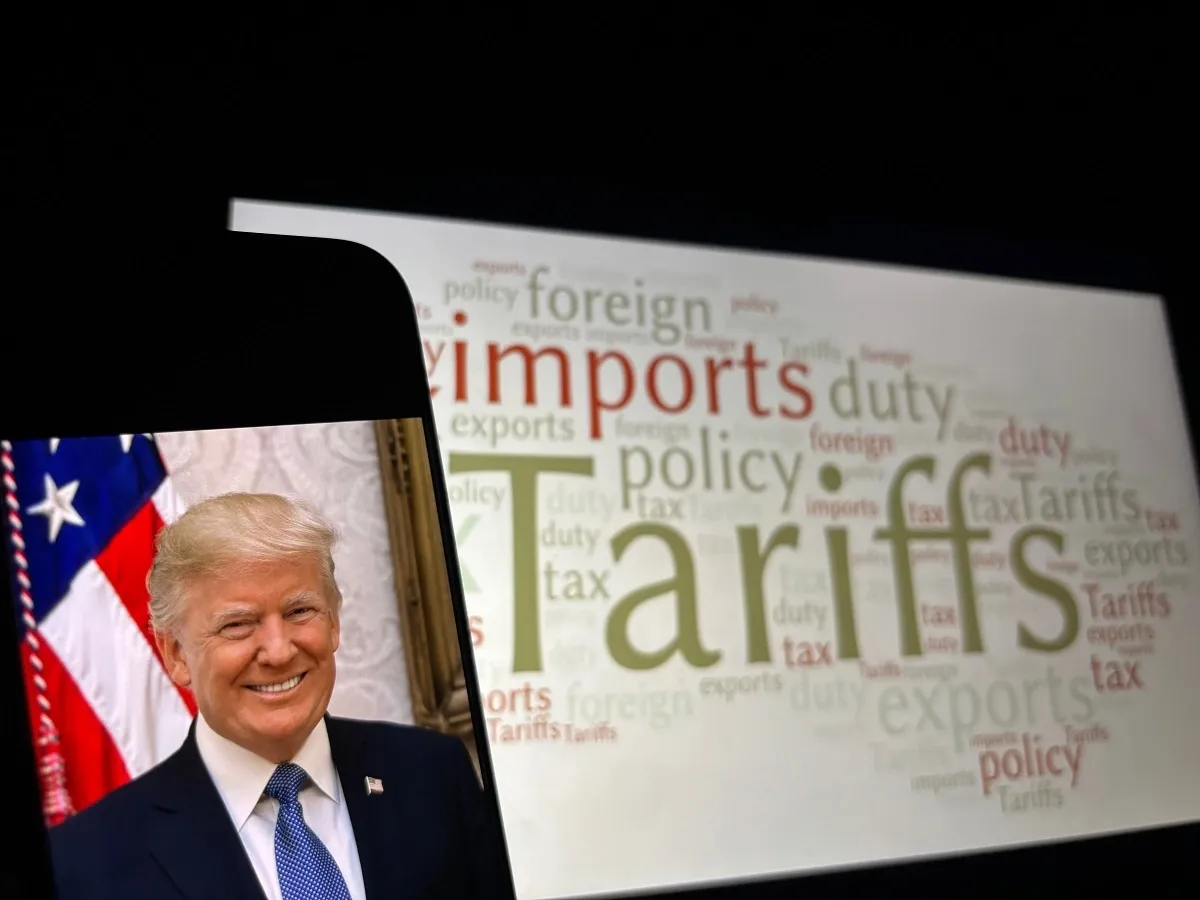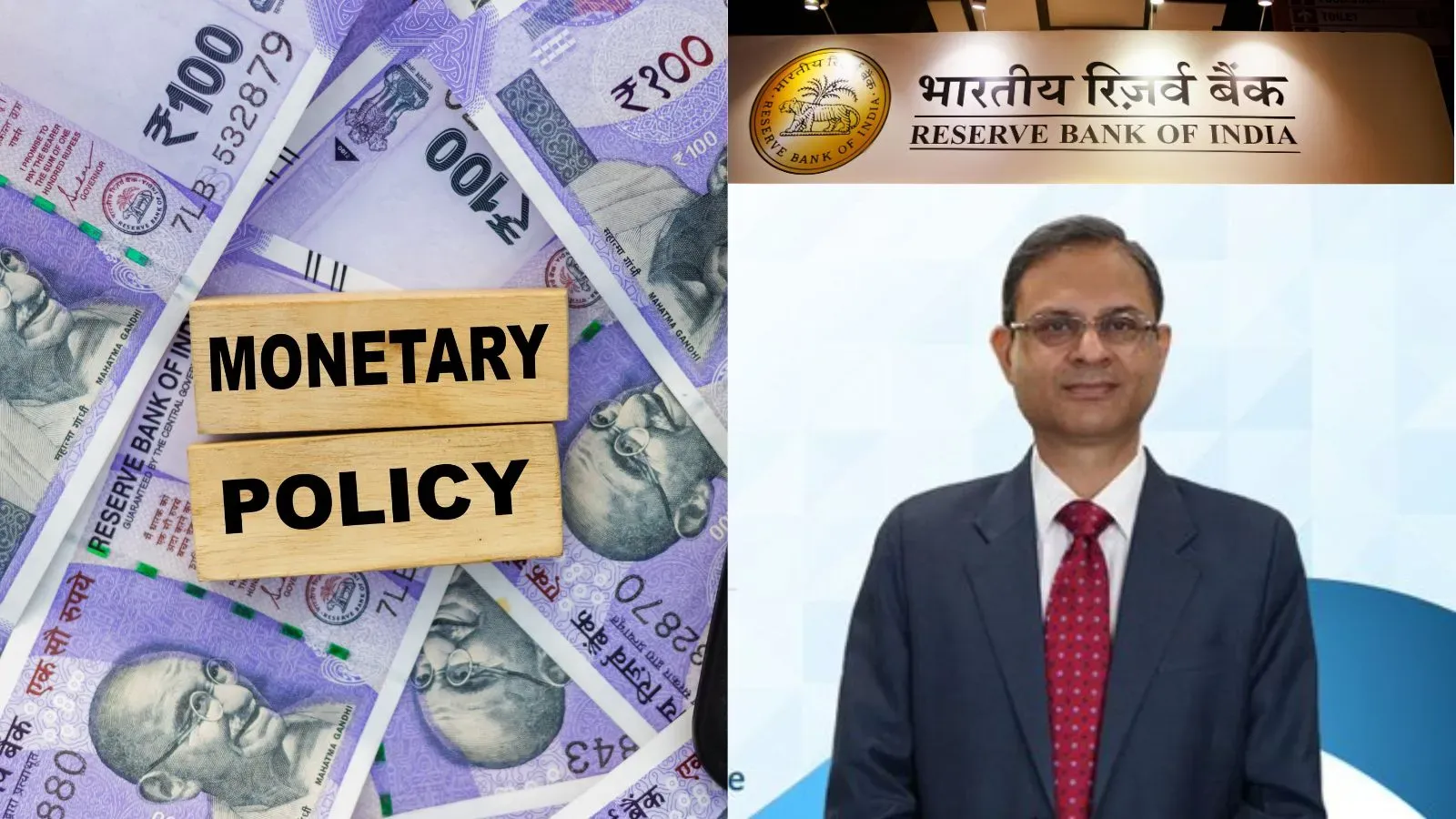Business News
Trump tariffs could shrink global GDP by 4%, India faces $10 bn export hit: Key takeaways from SBI report
.png)
3 min read | Updated on April 04, 2025, 23:36 IST
SUMMARY
A new SBI Research report warns that US President Donald Trump’s sweeping tariffs could shrink global GDP by up to 4%, slash US GDP by $438 billion, and cost American households $3,487 annually.

US President Donald Trump announced new 'discounted reciprocal tariffs' on major trading partners, imposing a 34% levy on Chinese imports and 26% on India, among others.
A sweeping set of reciprocal tariffs announced by US President Donald Trump on Wednesday could trigger a “vicious cycle” of declining global growth, slash US GDP by $438.4 billion, and cost American households $3,487 annually, according to a new SBI Research report.
The report, titled “Home Alone! From America FIRST / MAGA to MAA (Make America Alone),” painted a stark picture of the economic ripples set to hit trading partners like India, where exports and GDP face short-term disruptions but potential long-term gains.
SBI Research projected a steep drop in world export volumes, from 2.9% in 2024 to just 1.3% in 2025-26, as US demand falters and uncertainty stifles global investment.
“The broad-based nature of the tariffs and potential retaliation by other countries is likely to initiate a vicious cycle on global growth,” the report said.
The direct impact for India, according to the report, appears moderate, given that US-bound exports constitute only 4% of its GDP. However, the broader consequences of declining global demand and financial volatility could prove more damaging.
Here are the key takeaways from the report:
-
The tariffs could shrink world export growth from a projected 2.9% in 2024 to 1.3% in 2025-26, triggering a global slowdown.
-
Weaker investment and declining trade volumes could exacerbate the slowdown in emerging economies, particularly those reliant on exports to the US.
-
The threat of retaliatory tariffs from affected nations could lead to a broader trade war, further stifling global economic activity.
-
US core inflation could rise by 1.4 to 2.2 percentage points due to increased import costs in sectors like housing, automobiles, and consumer services.
-
The 26% tariff could reduce India’s US exports by $10 billion and GDP by $7.8 billion (0.2%) in the first year, with a cumulative 0.5% GDP loss over three years.
-
The report suggests that the ripple effects of declining global demand could impact India’s growth trajectory, leading to weaker industrial production and lower investment inflows.
-
India’s gems and jewelry exports, worth $10 billion annually, could see substantial losses as tariffs on loose diamonds and gold jewelry rise from 0% and 5.5-7% to potentially 20%.
-
Electronics and textile industries could experience both short-term pain and long-term opportunities, as competitors like China and Vietnam face even higher tariffs.
-
Pharmaceuticals, a key export sector for India, remains relatively insulated but could still face indirect effects from financial instability and currency fluctuations.
-
With widespread tariff escalation, global GDP could shrink by 2-4%, with long-lasting economic consequences.
-
SBI Research warns that the traditional "J-curve" effect, where weaker currencies eventually boost exports, may not materialise under these trade war conditions.
-
Instead, the world could face a prolonged "U" or even "L" shaped recovery, as weak global demand and disrupted supply chains delay economic adjustments.
-
New Delhi may push for a Bilateral Trade Agreement (BTA) with the US to ease tariff burdens and secure preferential market access for Indian goods.
-
The report recommends that the Indian government expand the existing Production-Linked Incentive (PLI) schemes in the impacted sectors to cover a wider range of products and extend their duration by three years.
-
Strengthening trade partnerships with the European Union and ASEAN could help India reduce its dependence on US markets.
-
It recommends that India accelerate diversification of export markets and bolster domestic demand to withstand external shocks.
Related News
By signing up you agree to Upstox’s Terms & Conditions
About The Author
Next Story


